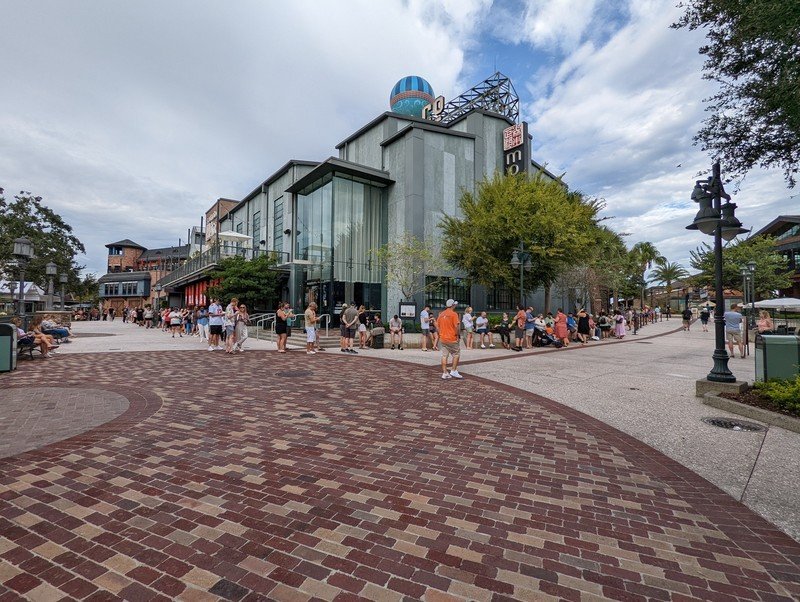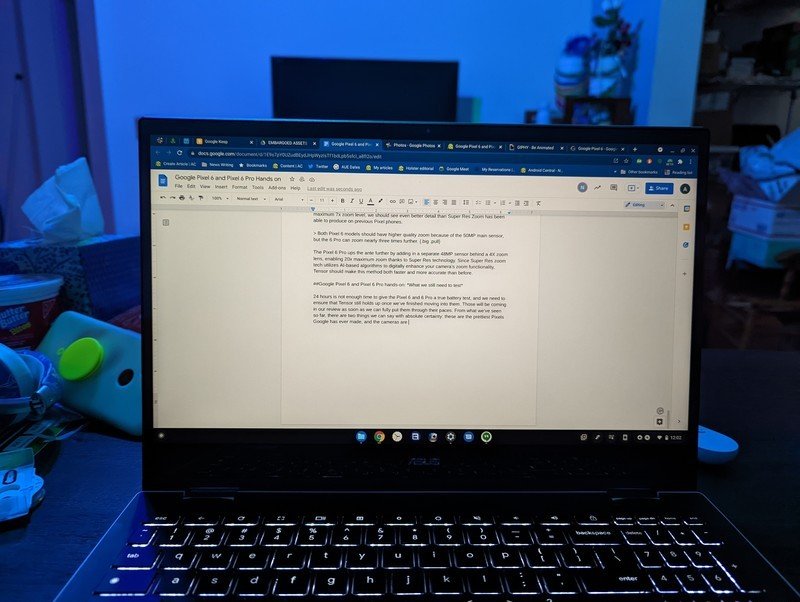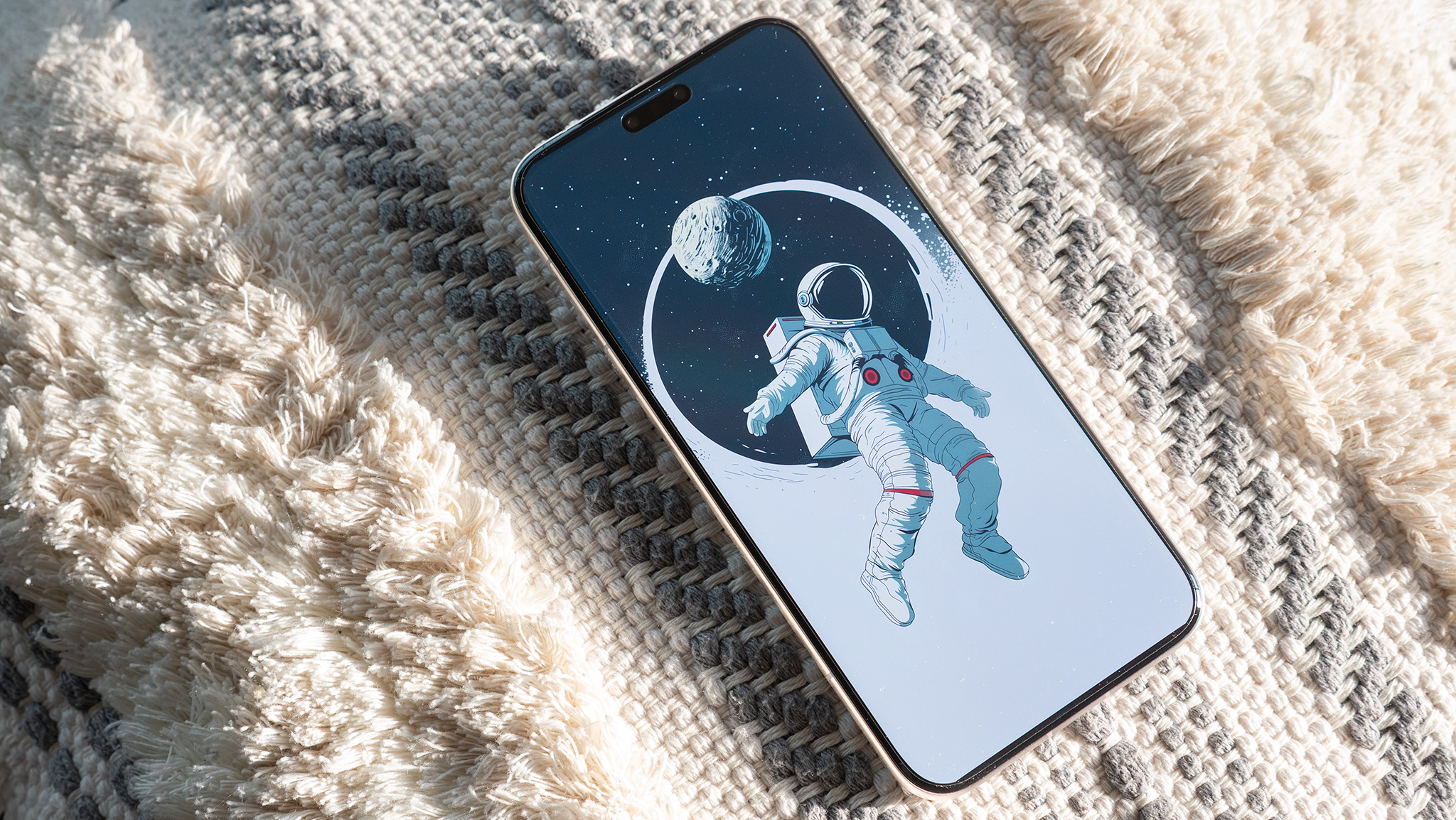Google Pixel 6 vs. iPhone 13: Which should you buy?

Google Pixel 6
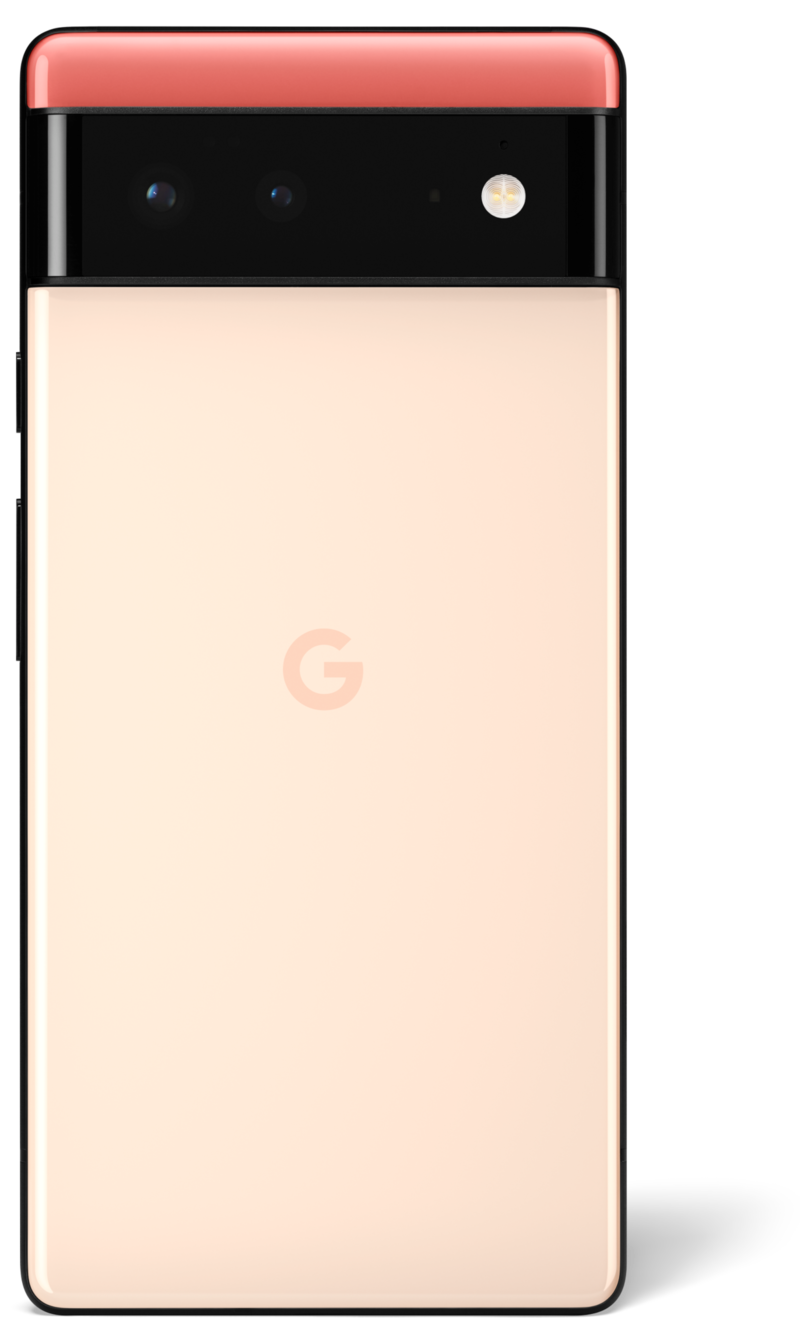
The Pixel 6 is a more traditional flagship than past Google phones. Its 6.4-inch, 90Hz display looks great, its 8GB of RAM and Google Tensor contribute to a performance that rivals the best Android phones, and the new Android 12 software looks fantastic.
Google Pixel 6
Superior display, better cams, AI-backed
iPhone 13

Thanks to the Bionic A15 chipset, Apple has only increased its performance lead over Android phones. The iPhone 13 treads water a bit with its design and cameras, but revamped battery life and a brighter display help make this a solid upgrade. And fans of smaller phones will prefer it.
iPhone 13
Faster performance, longer battery life
In previous years, Pixels appealed to a very specific class of Android superfans but never broke into the mainstream. This year, the Google Pixel 6 has blown away expectations with its colorful design, in-house chipset, and revamped cameras. But will it appeal to Apple fans ready to buy the new iPhone 13? Both phones received glowing reviews from Android Central and iMore, respectively, but they bring different tools and perks to the table. So let's weigh the Pixel 6 vs. iPhone 13: the battle of the middleweights.
Pixel 6 vs. iPhone 13: Different spec strengths
Neither the Pixel 6 and iPhone 13 offer "flagship" specs, which you'll find on the iPhone 13 Pro or Pixel 6 Pro. These phones make some spec compromises in exchange for a more palatable price for thrifty shoppers, such as 1080p displays and no telephoto camera. But how do they compare to one another?
In many ways, comparing an iPhone to an Android phone is like weighing apples against oranges. Both have specific perks the other lacks because Apple and Google are building different kinds of phones. Still, weighing these two phones' specs helps give a clearer view of how they match up outside of all the marketing.
| Header Cell - Column 0 | Google Pixel 6 | iPhone 13 |
|---|---|---|
| Operating System | Android 12 | iOS 15 |
| Display | 6.4 inches (20:9) 1080x2400 (411 PPI) OLED 90Hz Gorilla Glass Victus | 6.1 inches (19.5:9) 2532x1170 (460 PPI) Super Retina XDR OLED display 90Hz Ceramic Shield |
| Processor | Google Tensor 2 ARM Cortex-X1 cores (2.8 GHz), 2 A76 (2.25GHz), 4 A55; 20-core GPU; Titan M2 security | A15 Bionic 6‑core CPU with 2 performance and 4 efficiency cores; 4‑core GPU; 16‑core Neural Engine |
| RAM | 8GB | 4GB (not official) |
| Storage | 128/256GB No microSD slot | 128/256/512GB No microSD slot |
| Rear camera | 50MP, ƒ/1.85, 1.2μm (wide-angle) | 12MP, ƒ/1.8, 1.7μm (wide) |
| Rear camera 2 | 12MP, ƒ/2.2, 1.25μm (ultra-wide) | 12MP, ƒ/2.4, 1.0μm (ultra-wide) |
| Front camera | 8.0MP, ƒ/2.0, 1.12μm | 12MP, ƒ/2.2 |
| Battery | 4614mAh | 3,227 mAh |
| Charging | 30W Fast Charging 12-23W Wireless Charging 5W Reverse Wireless Charging | 20W wired charging over Lightning MagSafe wireless charging up to 15W Qi wireless charging up to 7.5W |
| Water resistance | IP68 | IP68 |
| 5G | Sub-6; Verizon/mmWave model costs $100 extra | Sub-6; mmWave |
| Dimensions | 6.2 x 2.9 x 0.4 inches 207g/7.3oz | 5.78 x 2.82 x 0.3 inches 174g/6.1oz |
| Colors | Stormy Black Kinda Coral Sorta Seafoam | Starlight Midnight Blue Pink (PRODUCT)Red |
With the Pixel 6, you get a 0.3-inch larger display with a faster refresh rate, which gives you supremely smooth scrolling combined with 8GB of RAM. iPhone users will be used to 60Hz and won't notice its absence, but it is a bit frustrating that Apple only put 120Hz ProMotion on the Pro. Even cheap and mid-range Android phones routinely hit 90Hz these days.

Refresh rates aside, either phone gives you a display worth staring at for hours. The Pixel 6 got "vibrant and vivid" in our tests, especially when watching HDR content. As for the iPhone 13, its display is noticeably smaller but packs in more pixels. iMore's reviewer praised it for similar strengths as the Pixel 6, with "beautiful" colors and HDR content that "displays wonderfully," overall showing a marked improvement on the 12's display. However, it also appears to have better nit performance for viewing in direct sunlight, something we found the Pixel 6 struggles with somewhat.
Get the latest news from Android Central, your trusted companion in the world of Android
The Pixel 6 wins the RAM battle, with 8GB compared to just 4GB with the iPhone 13. But Apple optimizes its performance so well that this doesn't give Google the advantage you'd expect. We'll discuss benchmarks more in the next section.
Both the Pixel 6 and iPhone 13 have all-day battery life, beautiful color fidelity, and delightful HDR quality.
Similarly, even though the Pixel 6 has much more battery capacity, the iPhone 13 uses its capacity more efficiently. Compared to the iPhone 12, the iPhone 13 added 2.5 hours of battery life, which our reviewer said held up in his tests; it would typically have a 50% charge remaining by 11 p.m. after a day of typical use. Meanwhile, our Pixel 6 reviewer found it would drop to "30-25% battery with 5.5 hours of screen on time," more than enough for typical use but not precisely long-lived. Also noteworthy is that the Pixel 6 lacks the overheating issue found on previous Pixel flagships.
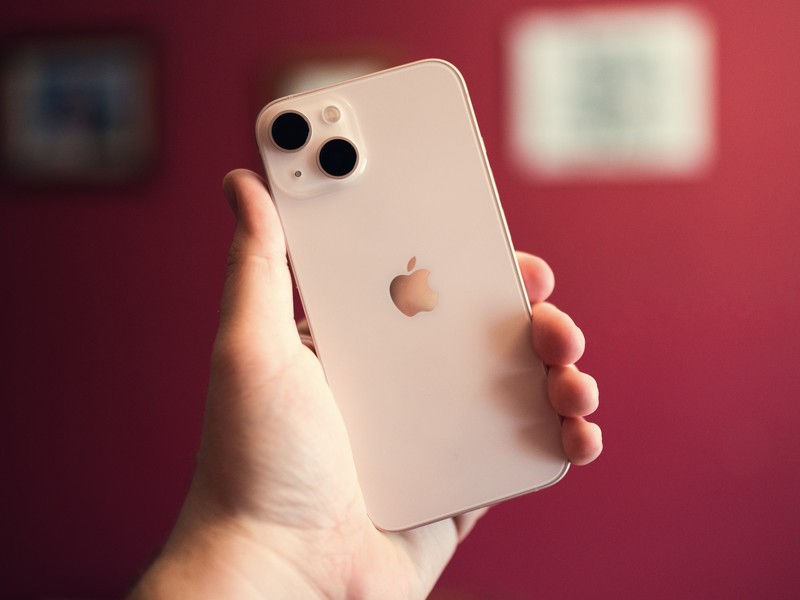
While the Pixel 6 battery is solid but not superb, it does clearly win the charging battle. Its 30W charging speed, faster wireless charging with the 23W Pixel Stand, and reverse charging to power accessories all beat the iPhone 13's metrics. If you're running low on the road, a portable charger should get it topped off in no time flat.
Only the iPhone 13 offers 512GB of storage — which matters since neither phone has expandable storage — in exchange for an extra $200. The Pixel 6 is already $200 cheaper, so that additional storage will only accentuate the iPhone 13's higher price by comparison.
Pixel 6 vs. iPhone 13: Performance and software
Benchmarks are an unreliable way to judge a phone, but they give a ballpark estimate for what to expect. And based on Pixel 6 Geekbench scores posted in recent days, the Pixel 6 and its Google Tensor chipset produce solid benchmarks that compete with the Samsung Galaxy S21 and other Snapdragon 888-backed phones.
The Pixel 6 holds its own against flagship Android phones, but the iPhone 13 smashes all Android phones in benchmarks.
While the Pixel 6 holds its own against the best Android phones, the issue is that Apple's Bionic chips run laps around Android phones in performance. The iPhone 12's A14 chipset smashed the S21 in performance, and the A15 only increased that lead by about 20%.
In fact, while Apple claimed its chipset was 50% faster than other leading Android competitors, the A15 actually outperformed Apple's estimates in tests, further leaving behind rivals like the Pixel 6.
But how much does this really matter? In our Pixel 6 review, we found the performance to be "butter smooth" when multitasking, with no lag when juggling two memory-intensive tasks like shooting video and listening to music. Equally important, Tensor adds new AI features like near-instant voice-to-text, accurate translation of words to other languages, and faster image processing.
Even if the iPhone 13 runs faster in tests, the Pixel 6 runs fast enough for any daily task. The iPhone 13's superior GPU performance will matter for serious mobile gamers, but they'll want to upgrade to the Pixel 6 Pro anyways for its larger screen and 12GB of RAM. The flagship Pixel costs $899 — just $100 more than the base iPhone 13.

Pixel 6's five years of support comes the closest of any Android phone in competing with the iPhone's longevity.
We'll also point out that the Pixel 6 significantly closes the gap on Apple and its software dominance. Both iPhones and Pixels get first access to new operating systems every year, but Apple has always supported its phones for longer. Now that the Pixel 6 is receiving four years of OS updates and five years of security updates, it nearly matches the planned longevity of the iPhone 13. Both phones should still be running smoothly by the time you're ready to upgrade to a new phone.
As for the software itself, that takes you back into the apples vs. oranges sphere. Android 12 made some incredible advancements with its new dynamic theme colors, redesigned widgets, privacy upgrades, notification tweaks, and more. Meanwhile, iOS 15, like the iPhone 13, was more of an iterative release that tweaked and optimized its software formula — though it did add some useful new tools like Focus Mode.
The Pixel 6's Material You UI, which changes color based on your current wallpaper colors, is a bombshell feature that Apple should copy for iOS. But frankly, if you've used one OS or the other most of your life, neither of these releases gives enough of a justification for you to switch teams.
Pixel 6 vs. iPhone 13: Photography and video
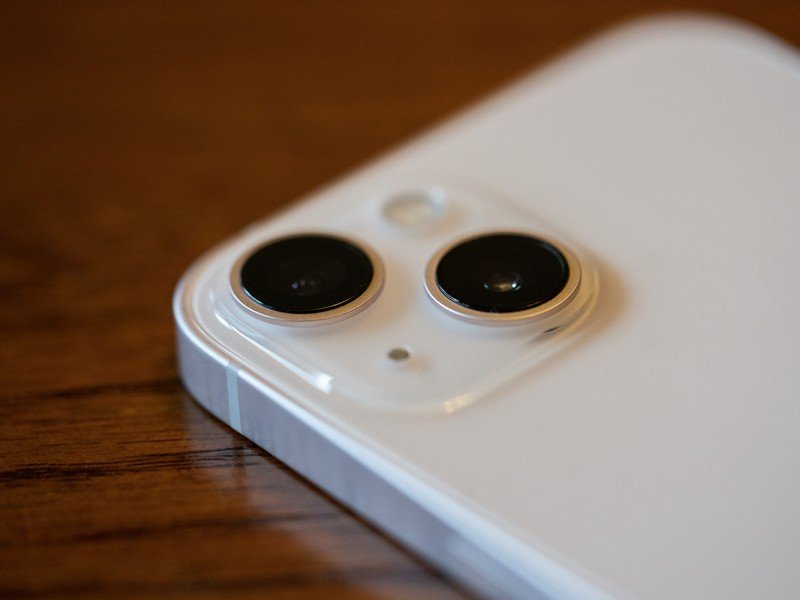
In terms of pure specs, the Pixel 6 has a superior rear camera with more MP and a wider angle. The iPhone 13 sports a better selfie camera, and both ultrawide sensors are comparable. But how do their photos and videos compare in real life?
Pixels have always handled photography well, but mainly through computational excellence while relying on old sensors. Now that the Pixel 6 has an upgraded primary sensor, its photo quality is truly stellar. Regular photos look amazing, assisted by Google's AI algorithms and the new Real Tone tool for better capturing darker skin tones accurately.
Source: Ara Wagoner / Android Central
It also handles Portrait and Night Sight shots better because Tensor sped up the shots, so you're less likely to get blur as you wait for a photo to process. And the new Magic Eraser tool works disturbingly well at removing any unsightly objects (or people) from photos without their absence being obvious.
As for the iPhone 13, its cameras capture more light than last year's, but most of its photo improvements stem from software updates. Its new optical image stabilization tool helps reduce the impact of handshaking on photo quality, while Photographic Styles causes your iPhone cameras to capture photos differently as you're taking the shot, instead of relying entirely on post-production to make changes.



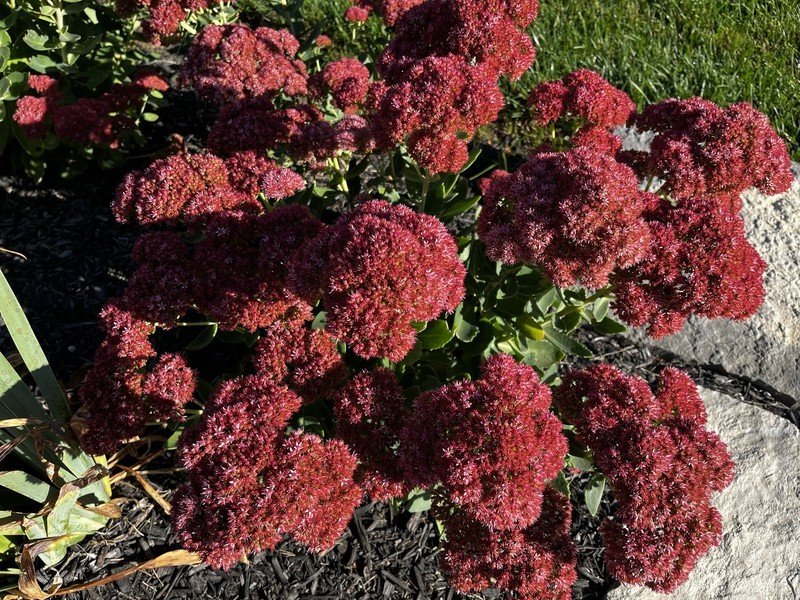
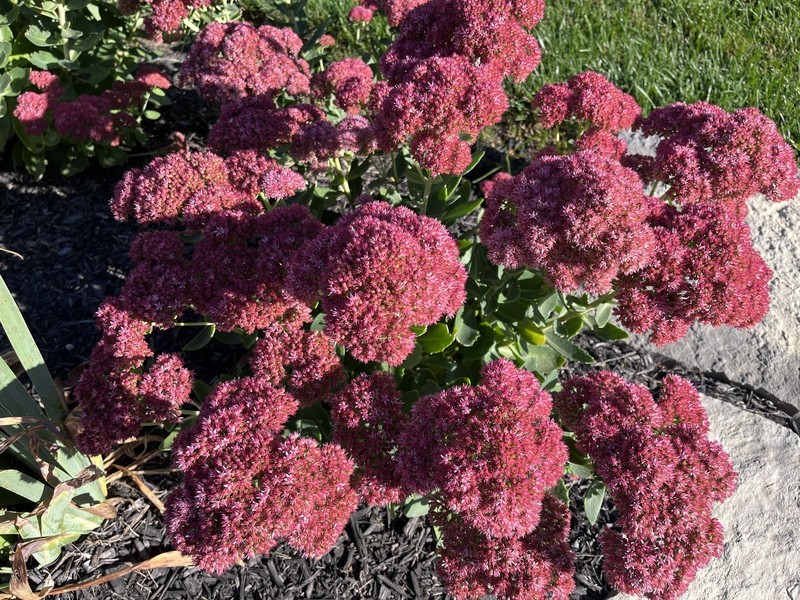
We'd be remiss not to mention that Cinematic Mode focuses on the central person or object, but automatically shifts the focus and depth of field if you change the main subject to someone else. It proves Google isn't the only one improving its onboard AI.
Then again, Apple wasn't the only one to make video upgrades to its new phone, either. Our Pixel 6 video test (above) proved just as vivid as our photo tests, and Tensor helps keep its videos focused and stable. If we were comparing against the iPhone 13 Pro and its ProRes video, the Pixel 6 would fall short; but the iPhone 13 and Pixel 6 seem well matched for video quality, while the Pixel 6 arguably wins the camera quality battle.
Pixel 6 vs. iPhone 13: Which should you buy?
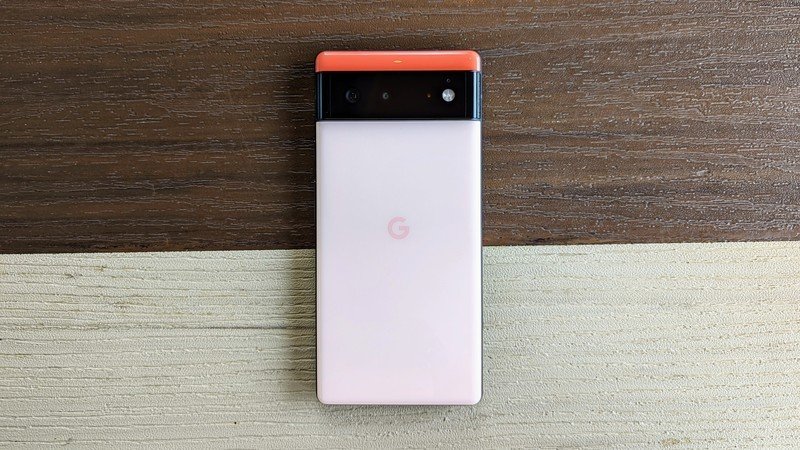
The main reason to consider the Pixel 6 over the iPhone 13 is the price. At $599 for flagship-quality performance on a larger, smoother screen, plus superb camera quality with superior AI tools for realistic post-processing, it will be incredibly compelling for people unwilling to spend too much on a smartphone. It may not be as fast as the iPhone 13, but its performance arguably matches the speeds of other top-quality phones from Samsung and OnePlus that cost hundreds more.
With the iPhone 13, longtime Apple fans know what they're getting: consistently snappy performance, the best app support (devs typically put more effort into iOS) within Apple's walled garden, and solid photography and video. This year's model also solves some of the 12's issues, such as readability in sunlight and longer battery life. Unfortunately, you'll just have to accept a higher price for a smaller phone or spend even more for the iPhone 13 Pro's larger 120Hz display.
Google and Apple have knocked it out of the park with these phones, playing to their respective strengths. As such, you can't really go wrong with either. It'll simply depend on what you're looking for in a smartphone.

The Tensor chip brings Google's A(I) game
Dynamic Android 12 theming, the superb 50MP camera, Real Tone, Magic Eraser, faster Google Assistant and AI tools: all of these features make the software experience on the Pixel 6 a pleasure to use. Add in the lower price tag, larger display, and extra RAM, and Google's latest phone is a legitimate iPhone rival.

In a speed league of its own
The iPhone 13 kicks ass for daily use and gaming thanks to the high-powered A15 Bionic chipset and makes minor updates to its battery life and brightness to be more usable from day to day. If you're fine with a smaller display and cameras with a lower MP count, this maintains Apple's high-quality standard for its phones.

Michael is Android Central's resident expert on wearables and fitness. Before joining Android Central, he freelanced for years at Techradar, Wareable, Windows Central, and Digital Trends. Channeling his love of running, he established himself as an expert on fitness watches, testing and reviewing models from Garmin, Fitbit, Samsung, Apple, COROS, Polar, Amazfit, Suunto, and more.


